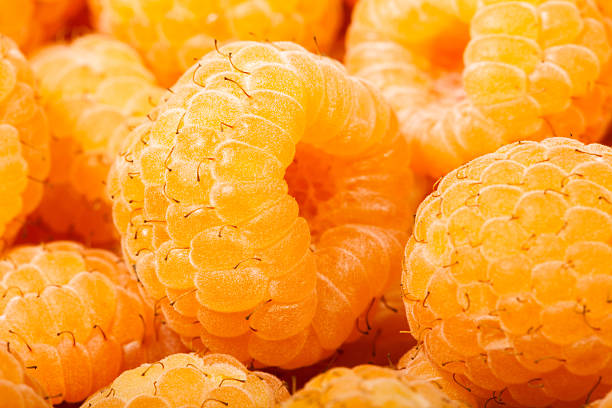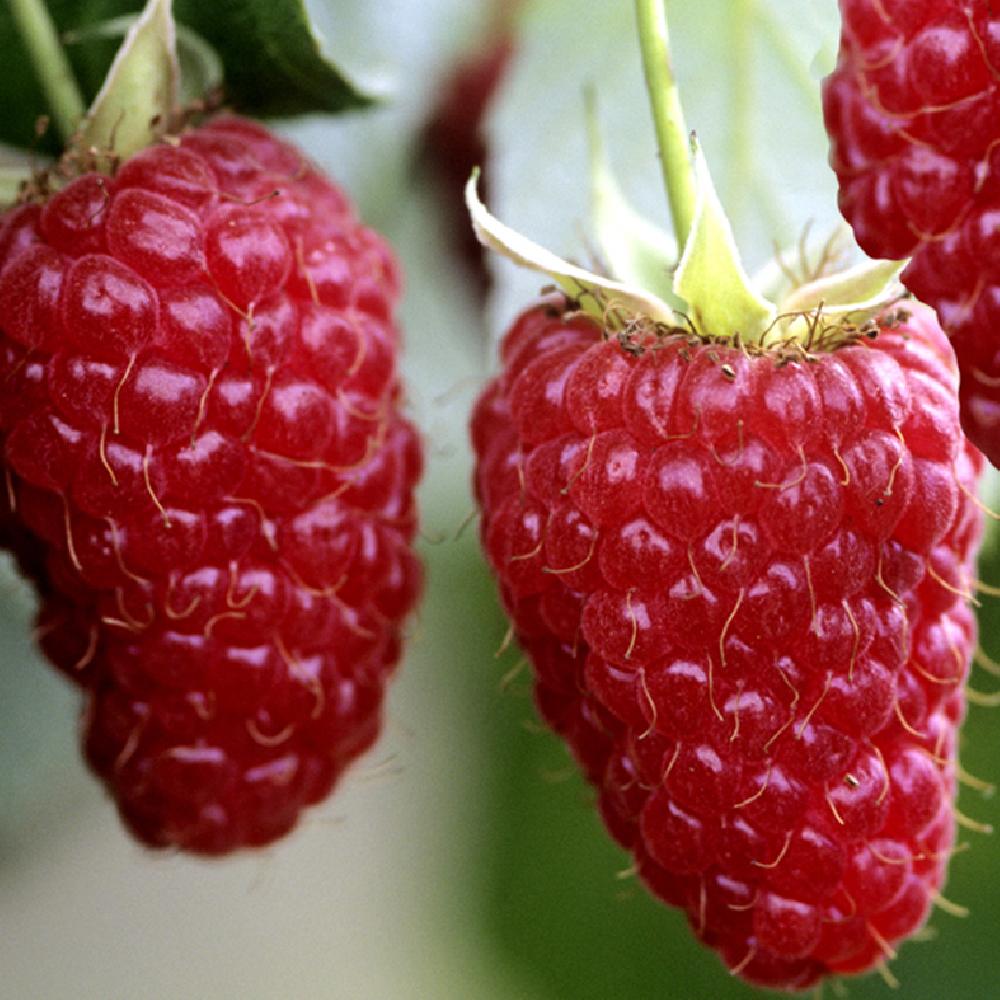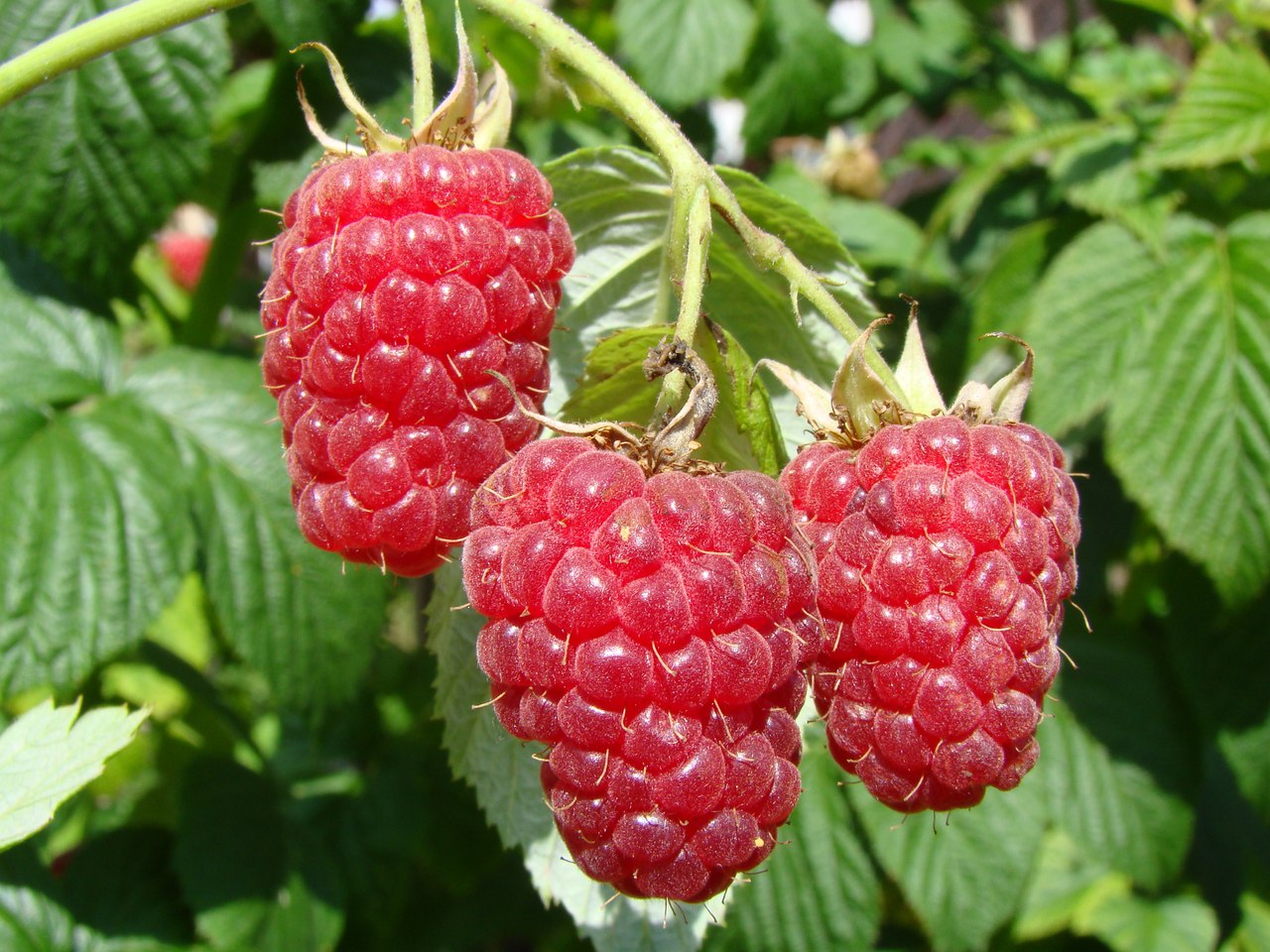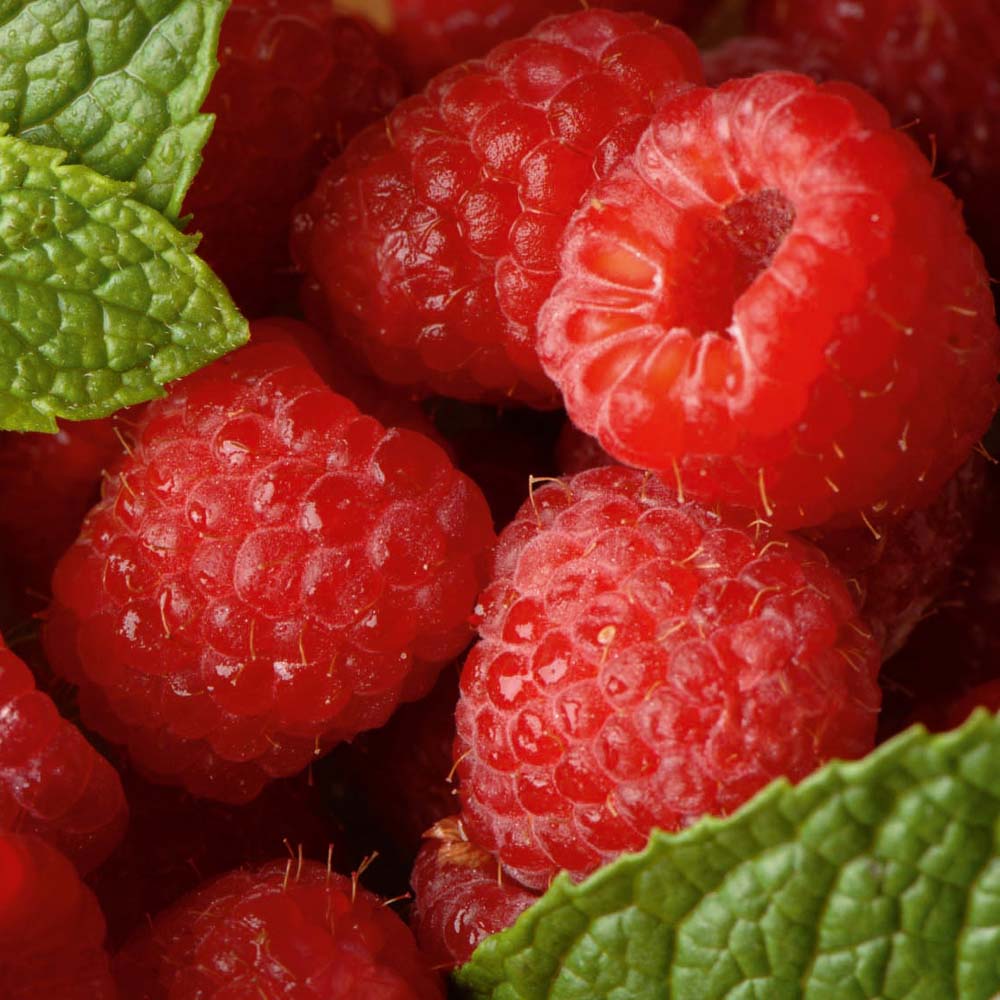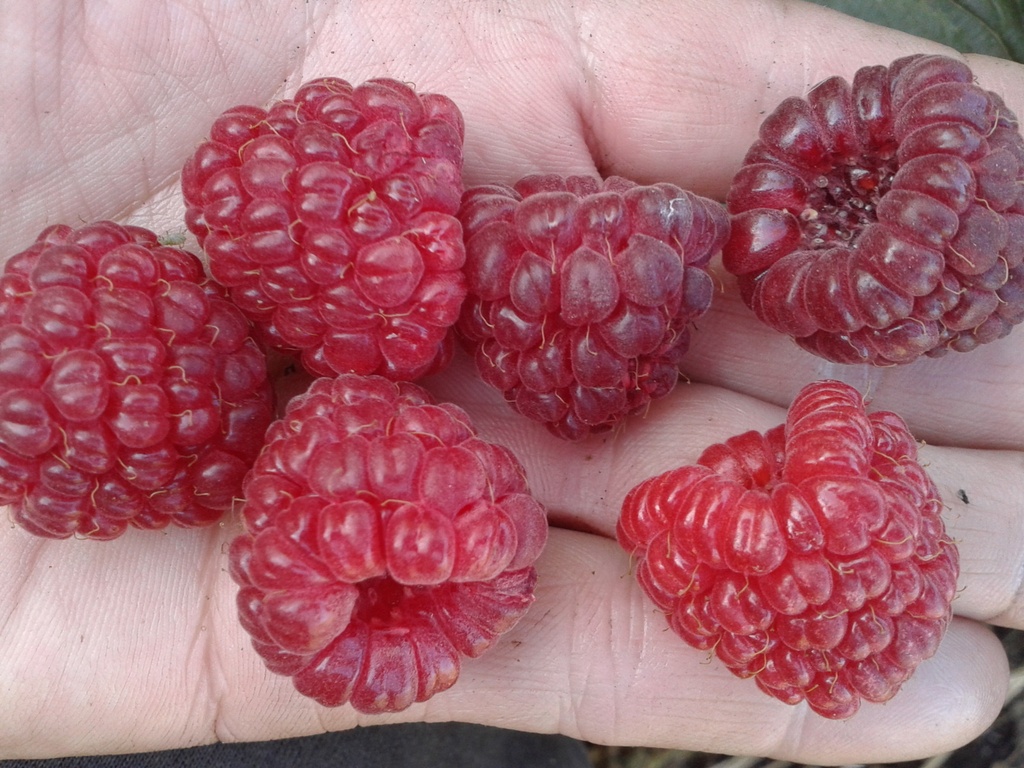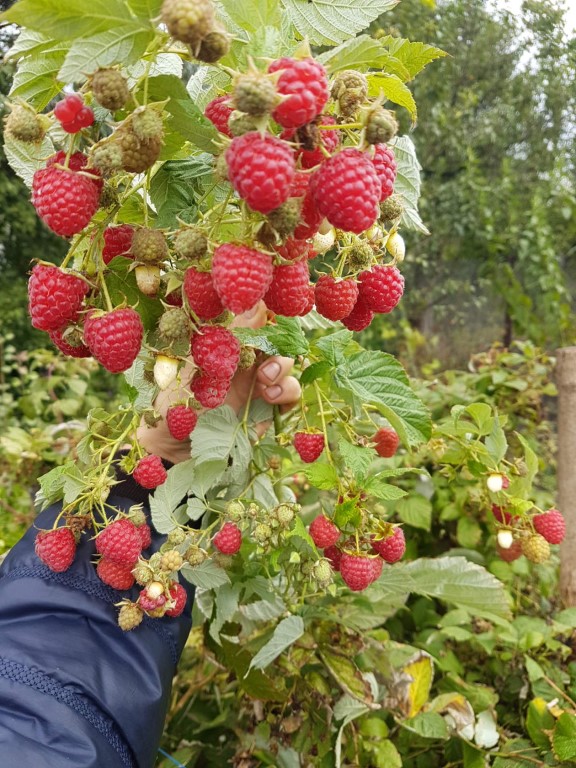Content:
The variety of sweet berry varieties is determined not only by the ripening time, resistance to negative influences and taste. There is one more parameter - color. Raspberry Runaway attracted gardeners with a delicate yellow shade of sweet fruits, but novice gardeners fell in love with her not only for this.
Features and characteristics of the variety
The unusual color of this berry is not the only advantage. This can be judged by the description of the raspberry Beglyanka variety:
- the remontant bush reaches a maximum of 1.3 m in height and does not spread its stems (they are erect);
- the plant forms no more than 8 shoots annually, poorly covered with small light spines;
- young stems are easy to distinguish from last year's ones: the first ones are light green, slightly waxed, the second years become gray;
- slightly wrinkled emerald leaves are covered with a layer of wax and have jagged edges;
- the golden-yellow shade of rounded-conical berries pleasantly transforms the garden area;
- the fruits are not only beautiful, but also juicy, aromatic, pleasant to the taste; raspberries contain up to 7% sugars and no more than 4% acids;
- ripe berries reach a mass of 2.6 g to 5 g, which allows, with good agricultural technology, to get at least 2 kg per bush (7.5 t / ha);
- the variety belongs to the early maturing - having begun to bear fruit from mid-July, it continues to do this until the end of October.
Despite the fact that the yield of the Runaway is average, the berry immediately fell in love with gardeners for its versatility - it is good in any form. The fruits have a marketable appearance, but they do not tolerate long-term transportation, therefore this variety is grown more for their own consumption.
Among the main features of the variety, it is worth highlighting its high resistance to cold, drought and resistance to fungal diseases.
Note! The berry especially attracted allergy sufferers - yellow "apricots" (as they are sometimes called by summer residents), due to the low content of anthocyanins, do not provoke negative reactions.
Landing conditions
Raspberry yellow Runaway is picky about the choice of location. Shaded areas do not suit her - then all forces will be spent on building up green mass, which will damage the crop. You should choose a free space away from other crops, with a sufficient amount of ultraviolet radiation.
The Runaway also does not like the lowlands, where moisture always stagnates. This can lead to root rot. Areas where snow will linger are what you need. But at the same time, one should not forget about the variety's dislike for drafts.
The best time for planting is spring, when the ground warms up thoroughly to +17 degrees. This will provide the bushes with good survival rate, and next year we can hope for a bountiful harvest. As for the soil, it should be neutral or with a weak pH level.
Important! When choosing a place, crop rotation is also taken into account. You should not set aside garden beds for raspberries, where tomatoes or potatoes were once grown. In nightshades, diseases are identical to raspberry ones. Although the Runaway is capable of resisting many of them, in this case it is better not to risk it.
Landing
Prepare a plot of the week 2 before planting the seedlings. Summer residents prefer to plant this variety in holes with a diameter of 0.7 m with a distance between bushes in a meter. When laying 2 or more rows, the gap is maintained at 1.7-2 m.
Trench landing is also practiced.In this case, the distances can be made shorter: from bush to bush - half a meter, between rows - 1 m each.
Having dug a depression of 0.5-0.6 m, the extracted earth is mixed with phosphates and humus, and then part of the soil is returned to the pit, with a layer of 0.15-20 m.
The roots of the seedlings are soaked in a mullein solution, and then the bush is planted in a hole or ditch. Sprinkling with the remaining soil mixture, make sure that the root collar protrudes 2-3 centimeters above the soil. Having tamped the soil around the plant, it is watered abundantly, and the root zone is mulched.
Care features
In raspberries, yellow Runaway, planting and care are identical to the standard rules of agricultural technology for most representatives of the culture. If you already have experience in growing berry bushes, then this variety will be easy to handle. In addition, the Runaway can hardly be called capricious.
Highlights of agricultural technology:
- Regular watering should not be ignored - they are carried out once a month. But if the weather is too hot, then it is better to increase the frequency of irrigation so that the berry does not crumble;
- Periodic watering is combined with top dressing. In addition to the fertilizers that were introduced into the pit during planting, organic matter is also used at the first stage of the growing season - before the fruits ripen. Then they switch to a potassium-phosphorus complex, which is necessary to obtain high-quality berries;
- Since the bush is medium-sized, and its branches do not bend under the weight of the fruit, the plant does not need a trellis. At the same time, even small sharp spines on the stems do not interfere with the harvest;
- The Runaway is pruned twice a year. In the fall, the biennial shoots that have spawned are removed, and the damaged ones are also cut out. This event is carried out after complete leaf fall and the end of the harvest. In the spring, after the opening of the bush, the plant is revised. If frozen or diseased stems are found, they should be cut off.
The rest of the measures are also standard - loosening the soil after irrigation, removing weeds, mulching. The reproduction of Runaway is no different from other varieties, which is carried out with seedlings, layering and cuttings.
Pest control
Gardeners don't have to worry about the diseases that most other raspberry bushes suffer from. Preventive measures against pests should be taken:
- with the onset of spring and before the beginning of flowering, plants are treated with preparations such as "Conforma" or "Iskra"; spraying is carried out in a weak sun (with the beginning of sunrise or before sunset);
- during the summer and autumn, you can process the raspberry bush with folk remedies - infusions of garlic, onions, paprika, tobacco dust; tansy, yarrow, dandelion also have a deterrent effect;
- in the fall, all the fallen leaves around the bushes are removed - insects can remain in it for the winter, which next year can harm the plant;
- it is necessary to carry out timely cutting of damaged and diseased shoots;
- for prevention, it is recommended to plant dill, mustard, medicinal black root or calendula next to the raspberry tree - they will scare off pests;
- it is also worthwhile to periodically shake the branches of the plant during the budding period in order to get rid of the parasites that have settled on the bush; insects are collected on polyethylene spread under raspberries, so that they can be destroyed later.
Note! It is not recommended to plant the fugitive near other varieties that are weakly resistant to diseases. With poor agricultural technology, the infection can spread to this variety.
Ready for winter
The shrub is able to withstand frosts, but this will require a lot of preparatory work:
- at the end of August, phosphorus-potassium fertilizers are applied under the raspberries - this will provide the roots with winter comfort;
- start at the end of October for the autumn pruning of bushes; in addition to biennial shoots, it is worth removing weak young stems that cannot survive the winter;
- the remaining branches are shortened by 20 cm;
- if leaves remain on the shoots, they should be completely removed to avoid decay of future buds;
- then each bush is well charged with water - this will protect the roots from freezing;
- the ground around the plants is mulched with a layer of 10 cm to retain moisture; besides, mulch is an excellent “blanket” for roots;
- the stems bent to the soil should be fixed with pins.
The level to which the raspberry branches are lowered should not be higher than 0.4 m, so that the snow that has fallen completely covers the plant. The Runaway does not need additional protection if frosts below -35 degrees are not expected.
A varietal berry plant with its nutritious tasty fruits is a godsend for real gourmets. But Beglyanka will be especially appreciated by novice summer residents for their unpretentiousness to agricultural technology. Raspberries do not require constant attention to themselves, but this does not affect the taste of the berries.
The compactness of the bush eliminates the need to construct trellises on the site, which also attracts novice gardeners. They are not deterred by the poor transportability of the fruit - raspberries are excellent not only fresh, but also in processing and freezing.
